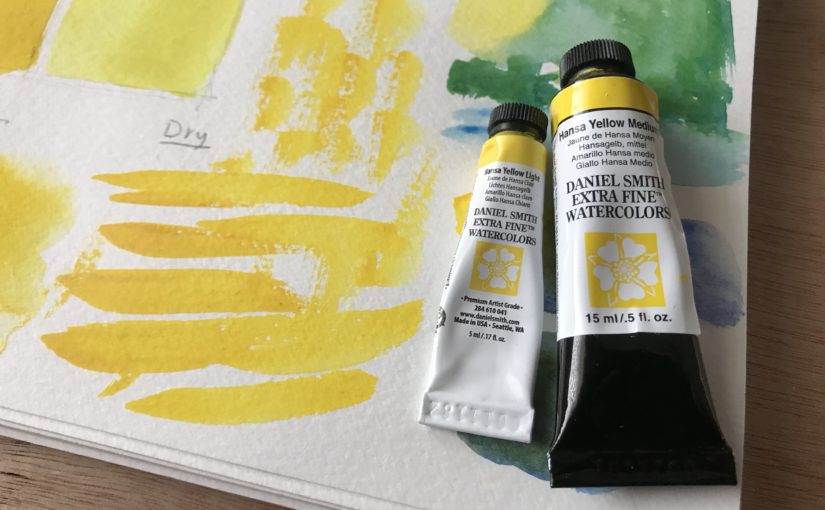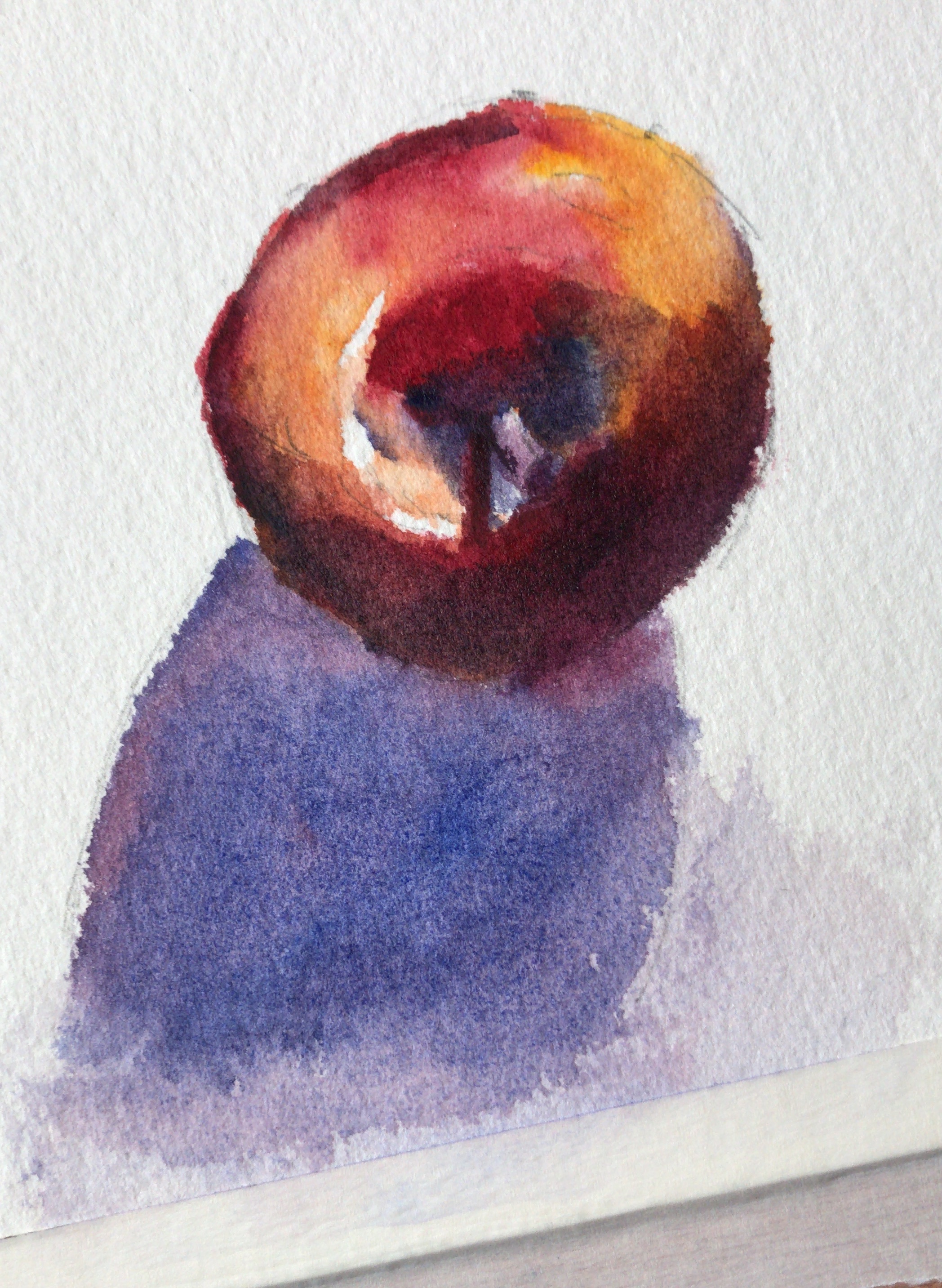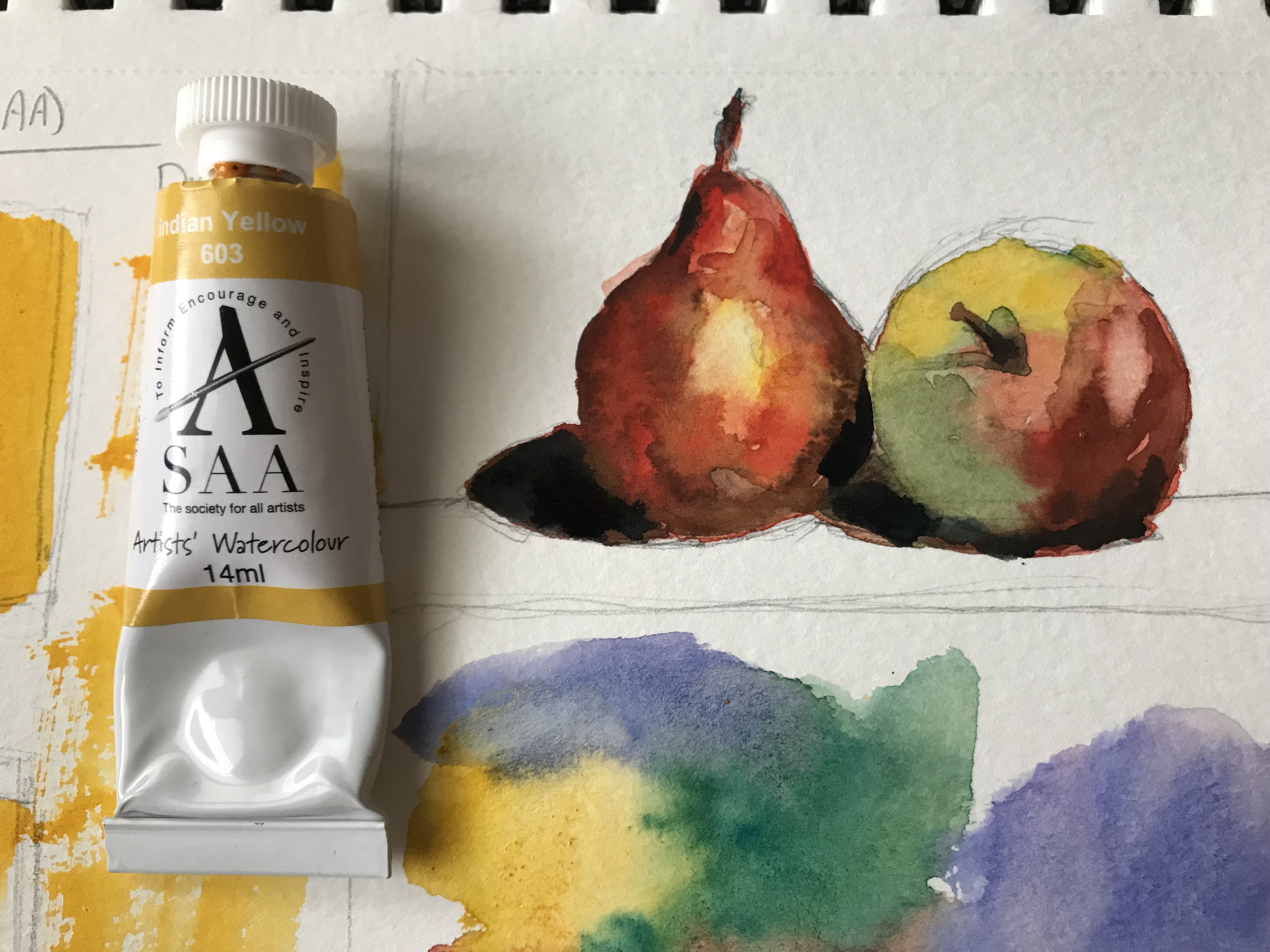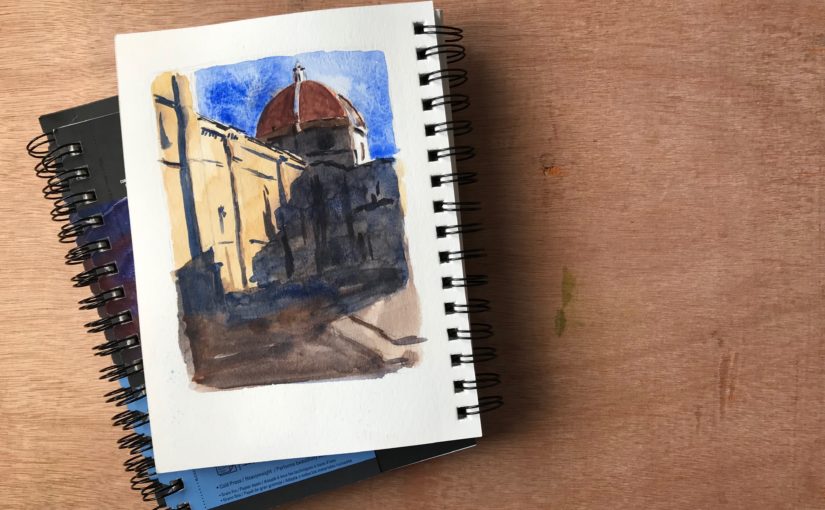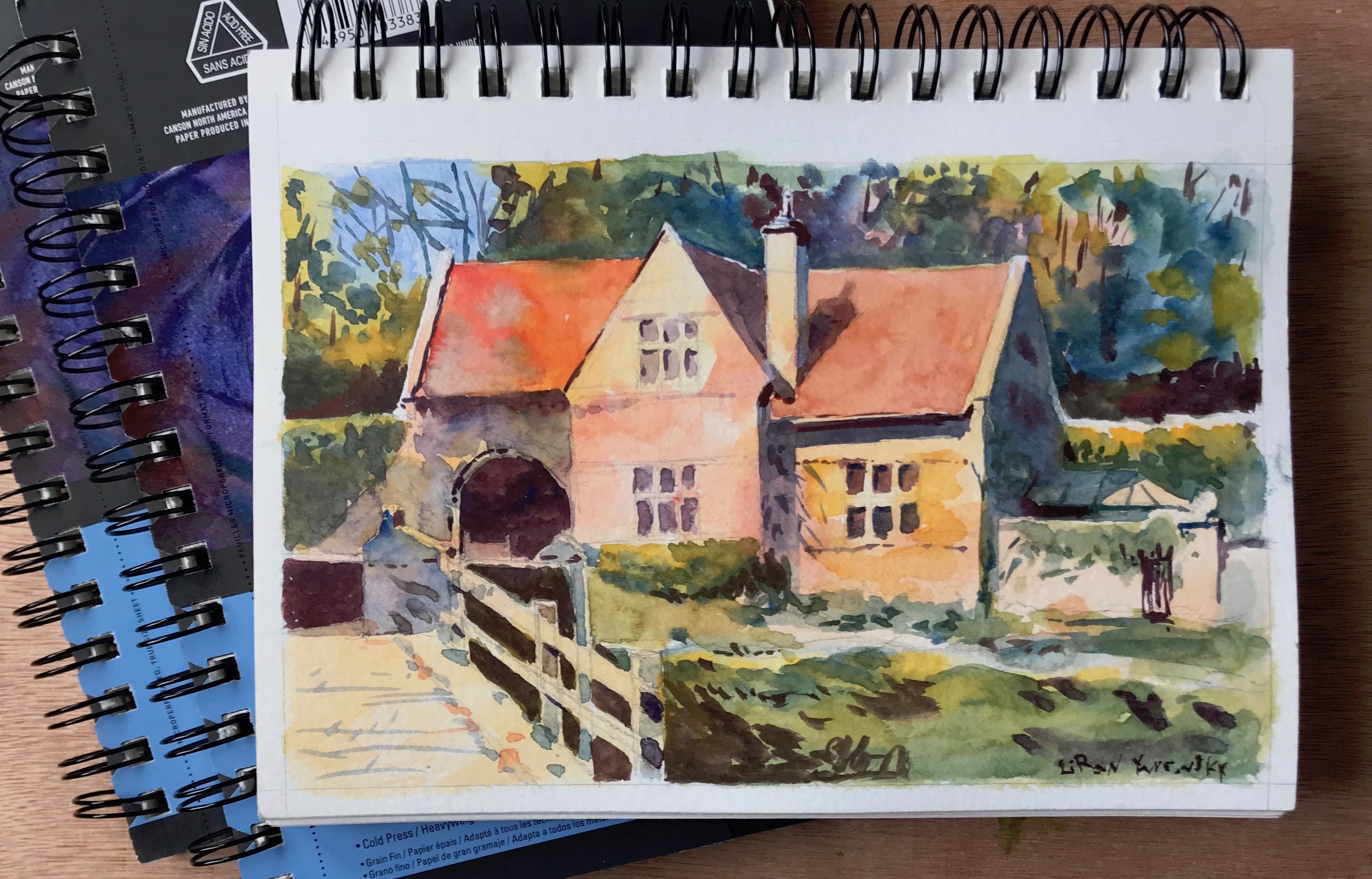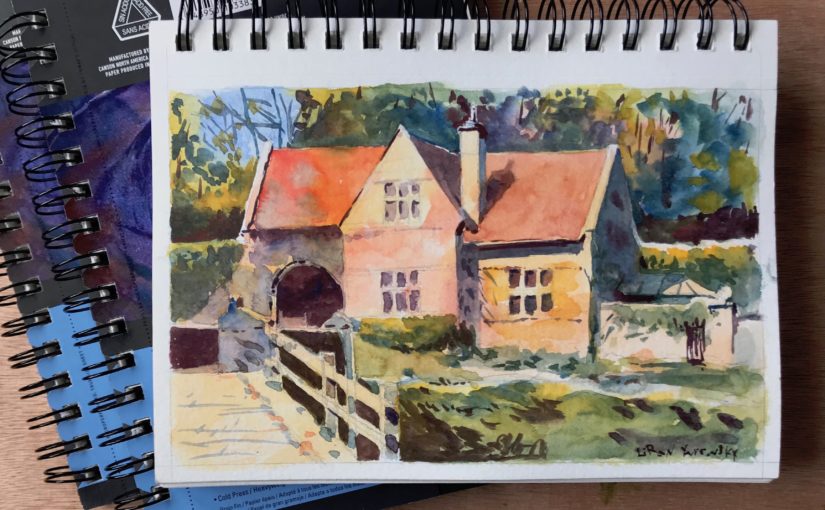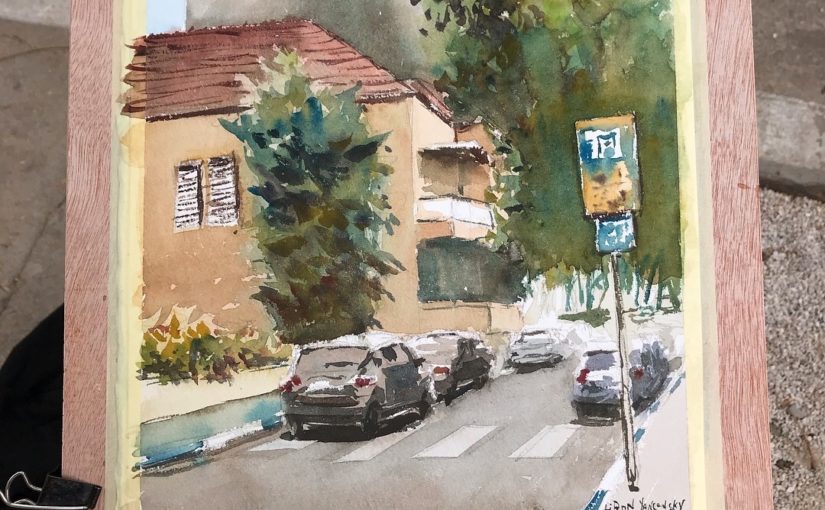Hi there! Today I want to review Hansa Yellow Medium, by Daniel Smith Watercolors.
You can view the full video review here, and scroll down to read more.
Hansa Yellow Medium
My story with this paint is so funny.
I originally got it with Daniel Smith’s Primary Set.
But I wasn’t too keen on the actual combination of paints in that set (together with French Ultramarine and Perylene Red – Which I reviewed here).
So I kind of stopped using it. For the longest time this tube took a nap in my drawer.
But then I decided to take it out and give it a try. And I re-fell in love with it instantly!
I guess I just needed more experience to see how useful it was.
Hansa Yellow Medium – Paint Info
Here’s some additional info about this tube.
Pigment: PY97 (Arylide Yellow FGL)
Series 2
Lightfastness: I (excellent)
Semi-transparent
Low-staining
Non-granulating
I find it to be quite useful. It mixes well with many different blues and reds.
My favorite yellows lean to orange, but if I had to go with a more neutral yellow, this would be my choice.
Results of Using Hansa Yellow Medium
Here are some quick paintings and sketches I did using this paint.
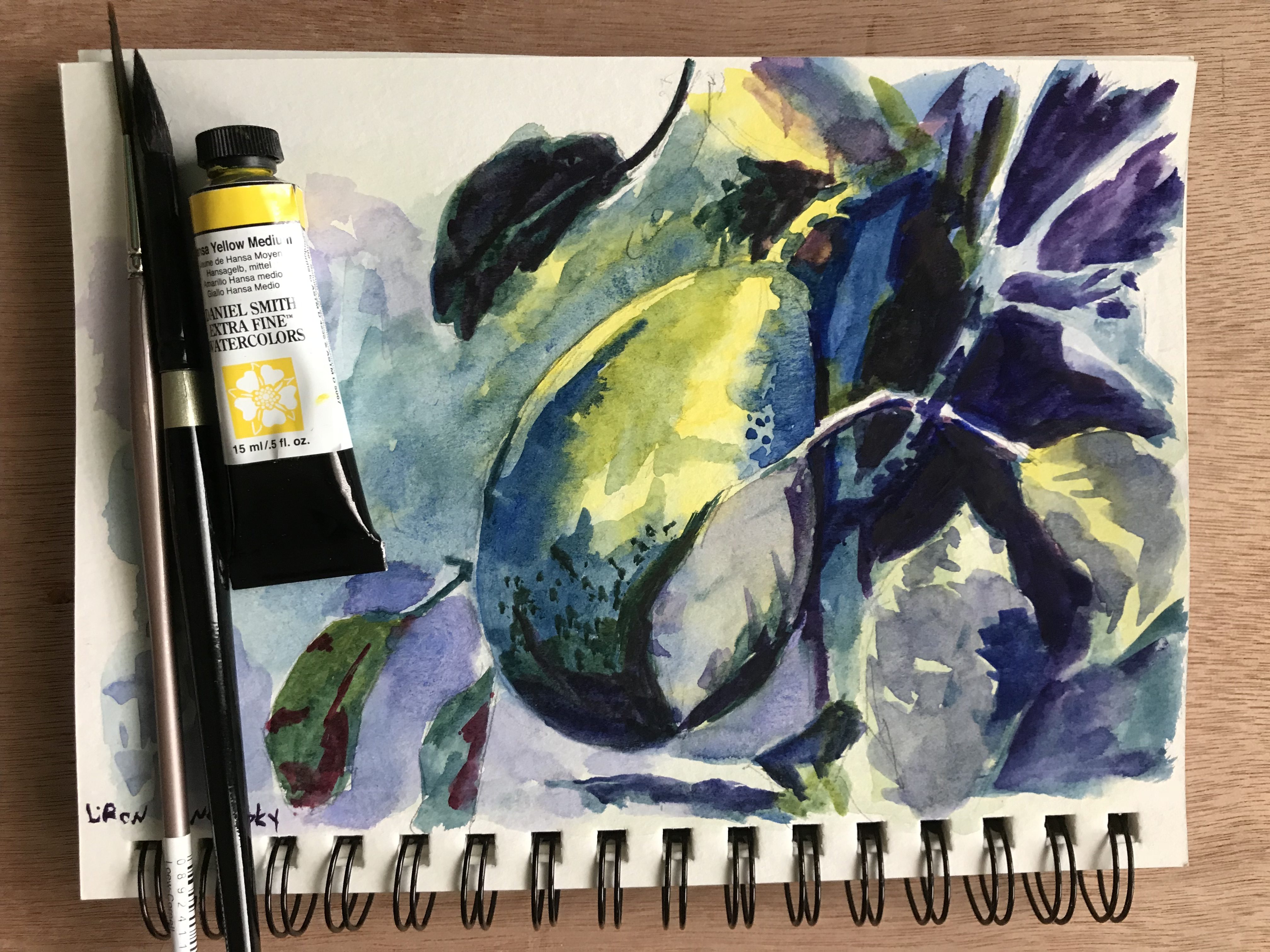

Where to Purchase It
You can purchase a single tube here: http://amzn.to/2H4L0Md
Or the entire set here (very cost-efficient): http://amzn.to/2sjEv4C
I have to say a word about the set. It’s really useful, and very cost-effective. Each of the paints are useful on their own. I would highly recommend getting it.
Conclusion
If you love Daniel Smith paints, I’d look into this one. It’s a good, neutral yellow to have.
Despite me not liking the set AS A SET, I would recommend getting it. That is because the individual paints are great in their own right.
I hope you enjoyed this one, and I’ll talk to you again real soon!
– Liron

